Introduction: Enhancing Your Bird Feeding Experience

Bird feeding has become a popular activity for nature enthusiasts, attracting a diverse array of species to our yards. However, creating a bird-friendly environment goes beyond feeders. By planting suitable vegetation under bird feeders, you can enhance the feeding experience for birds and promote a balanced ecosystem.
Planting under bird feeders offers numerous benefits for birds and the garden ecosystem. Birds and plants have a symbiotic relationship, relying on each other for food, shelter, pollination, and seed dispersal. By carefully choosing the right plants, you can create a harmonious environment that supports both the avian visitors and the plants themselves.
In the following sections, we will explore different types of plants ideal for planting under bird feeders, along with best practices for planting and maintenance tips. We’ll delve into the benefits of attracting a variety of birds, enhancing the natural environment, providing additional food sources, and supporting pollinators. Let’s explore the wonderful world of bird-friendly gardening together.
Benefits of Planting Under Bird Feeders

Attracts a Variety of Birds
Planting under bird feeders draws in a diverse array of bird species to your yard. By incorporating a variety of plants, you can cater to their unique needs and attract a greater diversity of birds.
Enhances Natural Environment
Plants under bird feeders provide essential elements for birds, including shelter, nesting sites, and protective cover. Consider planting native species to further enhance the natural environment and support local bird populations.
Provides Additional Food Sources
In addition to bird feeders, planting under the feeders offers birds additional food sources. Incorporating a variety of flowering plants, shrubs, and trees diversifies the food options available to birds, attracting a wider range of species and providing a more nutritious diet.
Supports Pollinators
Planting under bird feeders benefits not only birds but also essential pollinators like bees and butterflies. Flowering plants attract these beneficial insects, contributing to the overall health and sustainability of your ecosystem.
In conclusion, planting under bird feeders creates a diverse and vibrant environment, supports local ecosystems, provides additional food sources, and contributes to the well-being of pollinators. By incorporating a variety of plants, you can transform your yard into a thriving habitat that attracts a multitude of bird species and fosters a healthy and sustainable ecosystem.
Types of Plants to Consider

When selecting plants to grow under bird feeders, there are several factors to consider. You’ll want plants that can withstand bird activity and droppings while providing natural food sources and a vibrant ecosystem. Here are some well-suited options:
Groundcover Plants
Groundcover plants serve as low-maintenance and attractive undergrowth. Consider:
- Creeping Thyme: Fragrant herb with dense leaves and colorful flowers.
- Ajuga: Dense foliage with vibrant blue, purple, or pink flowers.
- Sedum: Succulent leaves and vibrant blooms, requiring minimal care.
Ornamental Grasses
Ornamental grasses add height, texture, and cover for ground-feeding birds. Suitable choices include:
- Fountain Grass: Graceful grass with arching plumes and elegant foliage.
- Feather Reed Grass: Upright habit with feathery plumes, adding structure and movement.
- Switchgrass: Native grass with cultivars in different colors and sizes.
Wildflowers
Wildflowers attract birds with nectar and support pollinators, creating a vibrant ecosystem. Consider planting:
- Coneflowers: Daisy-like flowers in various colors and sizes, attracting butterflies.
- Black-eyed Susans: Easy-to-grow yellow flowers with dark centers, providing a reliable food source.
- Bee Balm: Showy flowers with aromatic leaves, attracting hummingbirds and nectar-loving birds.
Berry-Producing Shrubs
Berry-producing shrubs provide additional food sources, especially in winter. Consider planting:
- Elderberry: Clusters of small, dark berries attractive to birds and usable for jams and jellies.
- Serviceberry: Delicate white flowers in spring and edible berries in summer, appealing to both birds and humans.
- Viburnum: Showy clusters of berries in varying colors, adding beauty to the landscape.
When selecting plants, avoid invasive species. Consult local gardening resources for recommended plants in your area. Consider sunlight and choose plants that thrive in those conditions. Adequate spacing between plants allows for proper growth and airflow. Regular maintenance, such as pruning and weeding, ensures health and attractiveness.
Best Practices for Planting Under Bird Feeders

Follow these best practices to create an inviting and harmonious environment for birds and plants under your feeders:
Selection of Plants
Consider the following factors when choosing plants:
-
Light Conditions: Opt for plants tolerant of varying light conditions due to feeder shadows.
-
Root Systems: Select plants with shallow root systems to avoid interfering with feeder stability and accessibility.
-
Squirrel Deterrence: Choose plants unattractive to squirrels and small mammals to maintain a peaceful feeding environment.
-
Debris Production: Avoid plants with excessive debris that can create a mess and attract pests.
-
Height and Spread: Opt for ground covers or low-growing plants to minimize competition with the feeder.
Maintenance and Care
![]()
Proper maintenance ensures long-term success:
-
Regular Cleaning: Clean the area under the feeder to prevent droppings and waste accumulation.
-
Avoid Chemicals: Refrain from using chemical fertilizers or pesticides near feeders to protect birds and wildlife. Use organic alternatives or natural pest control methods.
-
Water Source: Provide a nearby water source for drinking and bathing. Ensure it’s fresh and clean.
-
Monitoring: Regularly monitor the planted area, adjusting plant selection based on local bird species’ preferences.
By following these best practices, you’ll create an inviting environment for birds and plants under your feeders. Enhance your garden’s aesthetics while contributing to the well-being of your feathered friends.
Considerations for Different Types of Bird Feeders
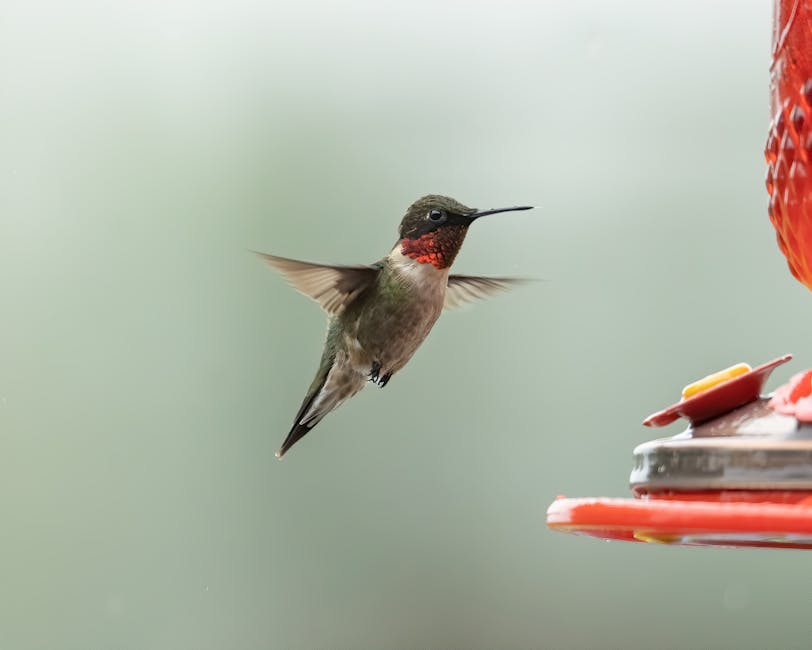
When it comes to planting under bird feeders, the specific type of feeder in your garden plays a crucial role. Each feeder attracts different bird species and has unique designs that affect planting options and strategies.
Platform Feeders
Platform feeders provide a flat surface for birds to perch and feed on. Enhance the area around platform feeders by planting ground cover plants like creeping thyme or clover. These low-growing plants serve multiple purposes. They prevent seed wastage by catching dropped seeds, attracting ground-feeding birds like sparrows and doves. Additionally, they provide extra feeding opportunities for these birds. Avoid planting tall or dense plants that may obstruct the view of approaching birds.
Hopper Feeders
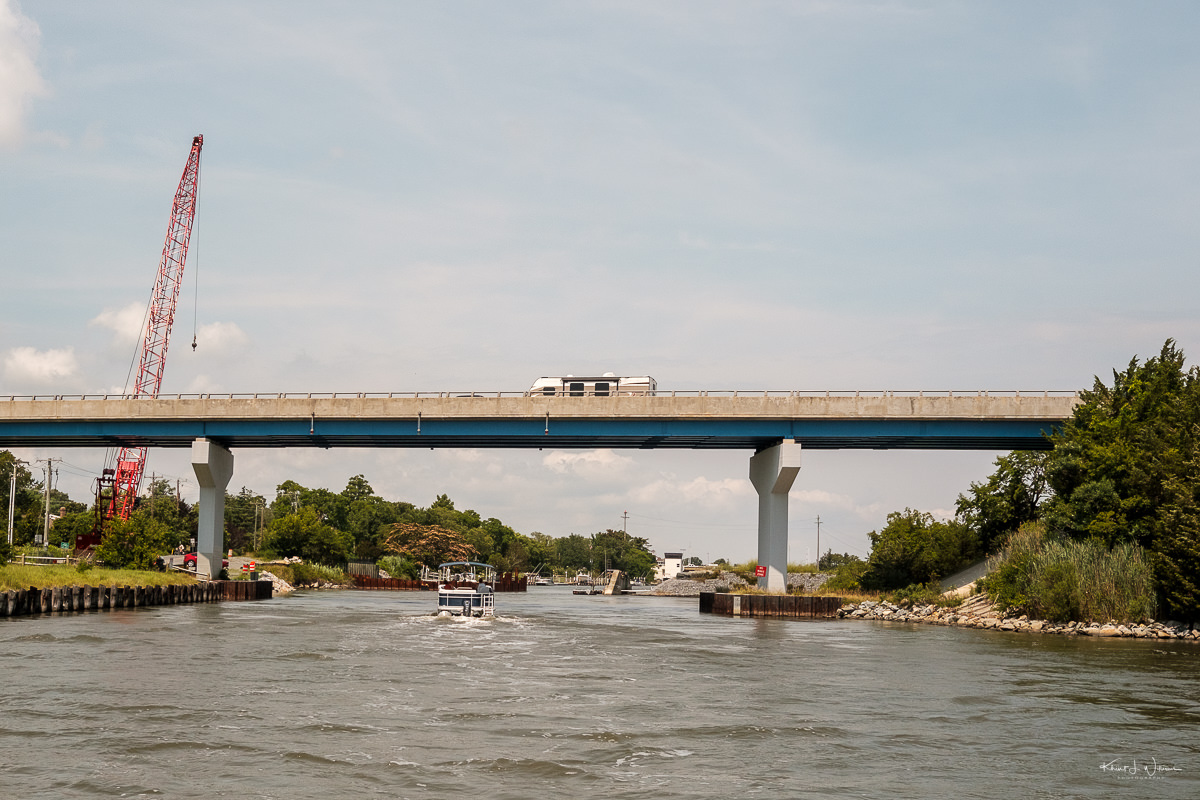
Hopper feeders have containers that dispense seeds as birds feed. Create an inviting environment for birds around hopper feeders by planting shrubs or small trees nearby. These plants offer perching spots and provide shelter. Opt for native species that produce berries or fruits, such as serviceberry or dogwood, to attract a wider variety of bird species. Avoid planting dense vegetation too close to the feeder, as it can hinder birds’ access to the seeds.
Tube Feeders
Tube feeders have small openings designed for small clinging birds. Enhance the area around tube feeders by planting tall, slender flowers like coneflowers or bee balm. These flowers provide natural perches for birds and attract pollinators, enhancing the garden ecosystem. Avoid planting dense foliage that may hinder birds from accessing the feeder openings.
Suet Feeders
Suet feeders offer high-energy suet cakes for birds and are typically hung. Focus on providing nearby perching spots like small trees or shrubs, which offer cover and resting places for visiting birds. Plant native species that bear fruits or berries to attract birds drawn to this type of food.
By understanding the specific requirements and characteristics of each type of bird feeder, you can create a well-designed and bird-friendly environment in your garden. The right choice of plants will not only attract a diverse range of bird species but also provide additional benefits such as shelter, perching spots, and a thriving ecosystem.
Strategies to Attract Different Types of Birds

To create a bird-friendly environment in your garden or backyard, employ various strategies that cater to the preferences and needs of different bird species. By planting specific vegetation under bird feeders, you can attract a diverse array of birds. Consider the following strategies to enhance the bird-welcoming atmosphere:
Native Plants
Planting native vegetation is crucial for attracting birds to your feeder. Native plants provide familiar food sources and shelter, making birds more likely to visit your garden. Research native plants suitable for your region or area to attract local bird species.
Seeds and Berries
Different bird species have distinct dietary preferences. To attract specific birds, incorporate plants that produce seeds and berries appealing to them. For instance, finches adore sunflowers, while elderberry bushes can entice thrushes and mockingbirds. Offer a variety of seed-producing plants like coneflowers, black-eyed Susans, and daisies to cater to a broader range of bird species.
Flowering Plants
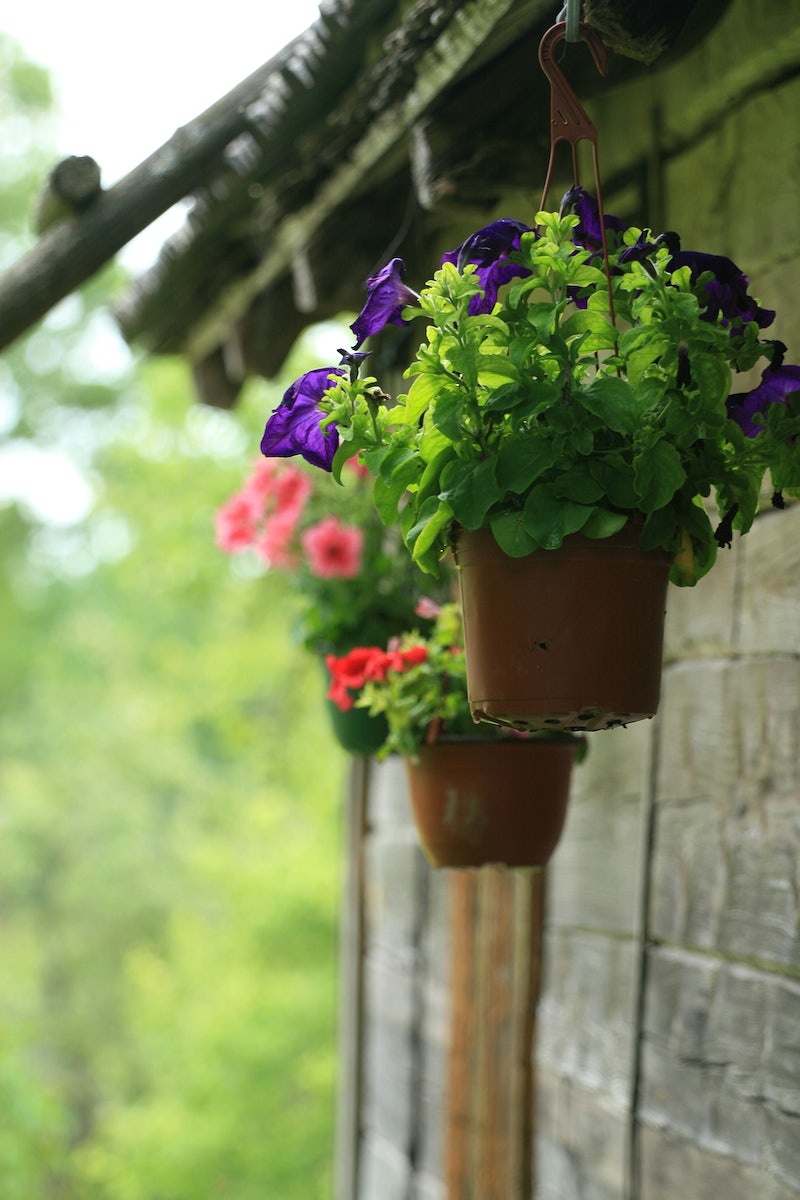
Incorporating flowering plants into your garden adds beauty and attracts birds that feed on nectar and insects. Plant hummingbird-friendly flowers like bee balm and trumpet vine, providing a rich source of nectar. Flowers such as zinnias and salvias attract butterflies and bees, creating a vibrant ecosystem that entices a diverse bird population.
Perennial Plants
Ensure a consistent food supply for birds throughout the year by planting perennial plants. These plants provide a steady source of seeds, even during colder months when other food sources may be scarce. Coneflowers, black-eyed Susans, and asters are excellent choices for perennial plants that produce accessible seeds year-round.
Shelter and Nesting Sites
Birds require safe spaces to rest and nest, so provide suitable shelter and nesting opportunities. Plant shrubs, bushes, and trees near your bird feeders to offer protective cover and nesting sites. Research specific plants favored by birds in your area. For example, blue jays and cardinals prefer dense shrubs like viburnum or holly, while finches and sparrows are attracted to the cover provided by ornamental grasses.
By implementing these strategies, you can create an enticing environment that appeals to a wide variety of bird species. Identify the preferences of local birds and provide appropriate vegetation to attract and support them. With a well-planned garden, you can enjoy the beauty and melodious presence of diverse birdlife right outside your window.
Tips for Planting Under Bird Feeders

When planting under bird feeders, consider the following tips to create an engaging and bird-friendly garden space:
1. Choose Complementary Plants
Select a mix of flowering plants, shrubs, and trees that attract a variety of bird species with different feeding preferences.
2. Create Layered Plantings
Design your garden with taller plants towards the back or sides to provide a backdrop and nesting opportunities for birds.
3. Provide a Water Source
Incorporate a shallow birdbath or small water feature near the feeders to offer birds a fresh supply of water for drinking and bathing.
4. Add Seasonal Interest
Choose plants with varying bloom times, foliage colors, and fruiting periods to maintain year-round appeal and provide continuous food sources.
5. Maintain a Clean Environment

Regularly clean the feeders and surrounding area to prevent disease spread. Remove debris and potential hazards that may affect bird health and safety.
6. Monitor and Adjust
Observe bird feeding patterns and adjust plant choices accordingly to attract desired bird species.
7. Enjoy the Experience
Take time to appreciate the beauty and serenity of your bird-friendly garden while observing the colorful visitors.
By following these tips, you can create an enticing habitat that supports a variety of bird species, enhances birdwatching, and fosters a thriving ecosystem in your backyard.
Conclusion
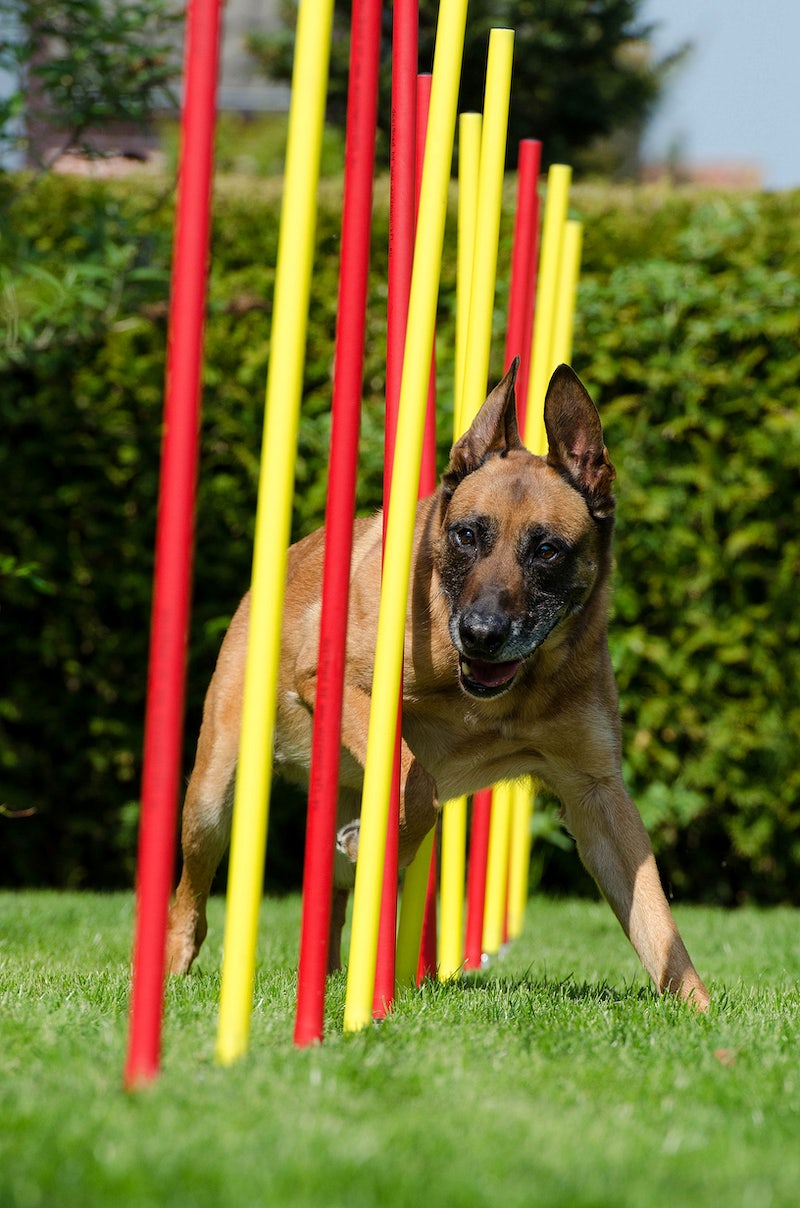
Planting under bird feeders offers numerous benefits for birds and bird enthusiasts. It attracts diverse bird species, adds visual interest, provides additional food sources, and creates a natural and secure environment. Choose suitable plant options, consider seasonal variations, prioritize native plants, and provide regular maintenance to maximize the benefits. By implementing these recommendations, you can establish a thriving bird-friendly garden that brings joy and wonder to your outdoor space.
Frequently Asked Questions

1. What are the best plants to grow under bird feeders?
![]()
The best plants to grow under bird feeders include groundcover plants such as creeping thyme and ajuga, ornamental grasses like fountain grass and feather reed grass, wildflowers such as coneflowers and black-eyed Susans, and berry-producing shrubs like elderberry and serviceberry. These plants provide food sources, shelter, and attract a variety of bird species.
2. Can I plant invasive species under bird feeders?
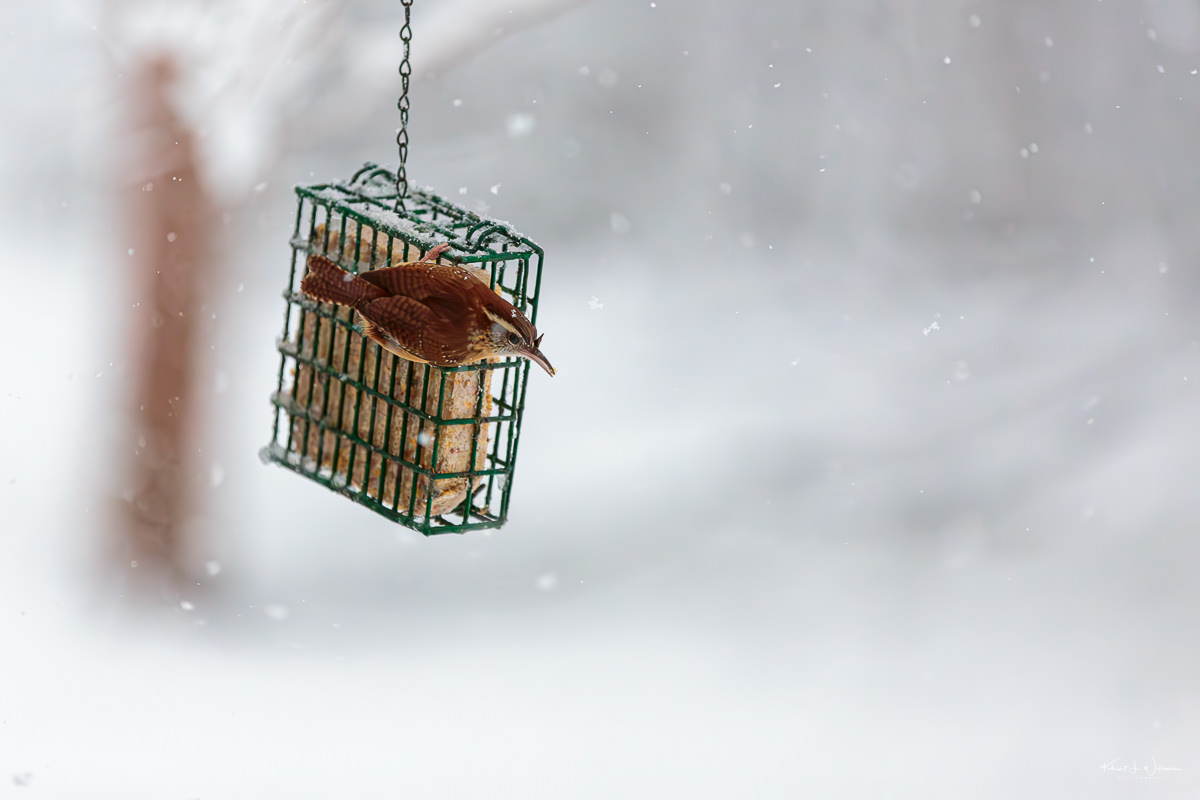
It is best to avoid planting invasive species under bird feeders. Invasive plants can outcompete native vegetation and disrupt the balance of the ecosystem. Consult local gardening resources to identify recommended plants in your area and choose native species that support local bird populations.
3. How do I maintain plants under bird feeders?
To maintain plants under bird feeders, regularly clean the area to prevent droppings and waste accumulation. Refrain from using chemical fertilizers or pesticides near the feeders. Provide a nearby water source for drinking and bathing. Monitor the planted area and adjust plant selection based on the preferences of local bird species.
4. What types of bird feeders are suitable for planting under?
Different types of bird feeders require different planting strategies. For platform feeders, plant low-growing ground cover plants like creeping thyme. Hopper feeders benefit from shrubs or small trees planted nearby. Tube feeders can be enhanced with tall, slender flowers like coneflowers. Suet feeders benefit from nearby perching spots like small trees or shrubs.
5. How do I attract specific bird species with plants under feeders?
To attract specific bird species with plants under feeders, consider incorporating native plants, seeds, and berries that appeal to their dietary preferences. Plant flowering plants to attract nectar-feeding birds. Provide perennial plants for a consistent seed supply. Create shelter and nesting opportunities with shrubs, bushes,

Leave a Reply